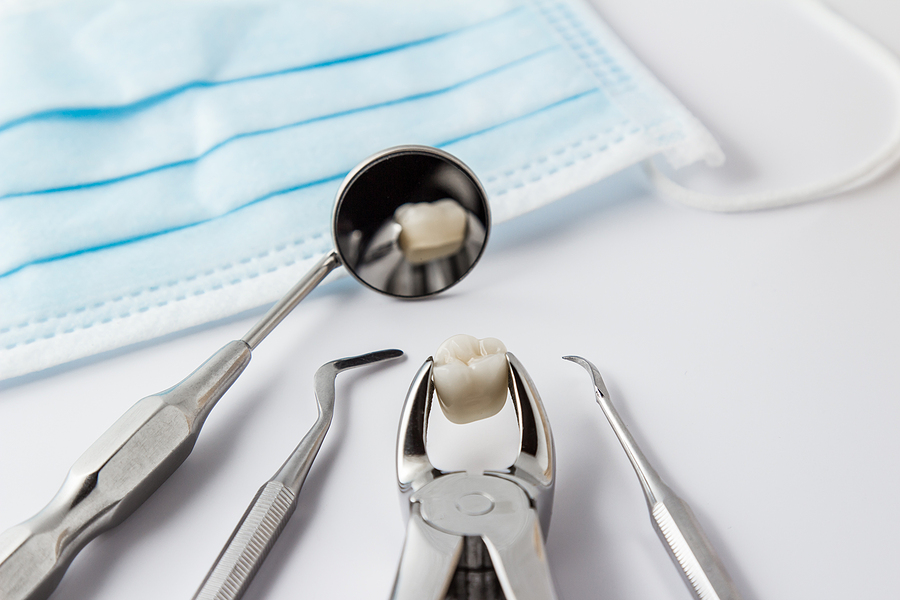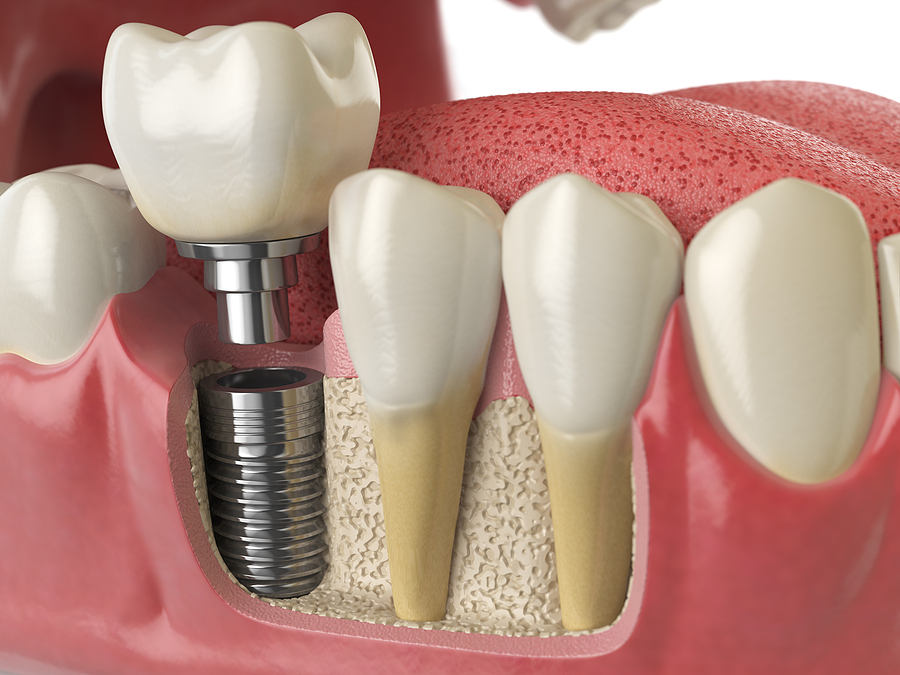Tooth Extractions in Stratford, CT: What You Need to Know
Posted by Mohamed Elnazer 2024-04-03

Tooth extractions are sometimes necessary to preserve oral health, prevent complications, and relieve pain. Removing a tooth can be the best course of action, whether it's due to severe decay, infection, overcrowding, or trauma. If you are experiencing dental issues requiring extractions, it's important to consult with a skilled dentist in Stratford, CT, to ensure a safe and effective procedure.
What Are Tooth Extractions?
A tooth extraction is a dental procedure in which a tooth is removed from its socket in the jawbone. While preserving natural teeth is always a priority, there are situations where an extraction is necessary to prevent further complications.
Types of Tooth Extractions
- Simple Extractions – Performed on visible teeth that can be removed using forceps under local anesthesia.
- Surgical Extractions – Required for impacted or broken teeth that need to be removed through an incision in the gum.
Reasons for Tooth Extractions
A dentist may recommend a tooth extraction for several reasons, including:
- Severe Tooth Decay – Restoration is impossible when cavities extend deep into the tooth.
- Advanced Gum Disease – Periodontal disease can weaken the supporting structures of teeth, leading to necessary extraction.
- Impacted Wisdom Teeth – Wisdom teeth that do not erupt properly can cause pain, infections, and crowding.
- Overcrowding – In orthodontic treatments, extractions are sometimes needed to create space for proper tooth alignment.
- Tooth Infection or Abscess – An infected tooth that cannot be saved with a root canal may need to be extracted.
- Trauma or Injury – Accidents or fractures that compromise a tooth's structure may require removal.
The Tooth Extraction Procedure
If you're undergoing extractions in Stratford, CT, the procedure will typically follow these steps:
Step 1: Consultation and Examination
A dentist will evaluate your oral health using X-rays to determine the tooth's condition and surrounding bone.
Step 2: Anesthesia
Local anesthesia is administered to numb the area around the tooth. Sedation may be used for more complex surgical extractions.
Step 3: Extraction Process
- For simple extractions, the dentist will loosen the tooth with an elevator tool before carefully removing it with forceps.
- For surgical extractions, an incision is made in the gum to access the tooth, which may need to be broken into smaller pieces before removal.
Step 4: Post-Extraction Care
After the extraction, a gauze pad is placed over the socket to control bleeding, and stitches may be used if necessary. The dentist will provide aftercare instructions to promote healing.
Recovery and Aftercare Tips
Healing after extractions in Stratford, CT, is crucial for preventing complications such as a dry socket or infection. Follow these aftercare tips:
- Bite on Gauze – Apply gentle pressure to stop bleeding.
- Avoid Straws and Smoking – These actions can dislodge the blood clot and delay healing.
- Take Pain Medication as Prescribed – Over-the-counter or prescribed medications can help manage discomfort.
- Apply Ice Packs – Reduce swelling by applying ice to the affected area in 15-minute intervals.
- Eat Soft Foods – Stick to a yogurt, soup, mashed potatoes, and smoothies diet for a few days.
- Maintain Oral Hygiene – Gently rinse your mouth with salt water, but avoid brushing near the extraction site initially.
- Follow-Up Appointments – Attend scheduled check-ups with your dentist to monitor healing.
Alternatives to Tooth Extraction
While extractions may be necessary in some cases, there are alternative treatments to consider before removing a tooth:
- Root Canal Therapy – A viable option for saving a severely infected or damaged tooth.
- Dental Crowns – Reinforces weakened teeth and prevents extraction.
- Orthodontic Treatment – In cases of overcrowding, braces or aligners may correct alignment without extractions.
Tooth Replacement Options After Extraction
If a tooth must be extracted, it's essential to consider replacement options to maintain oral health and function. Some options include:
- Dental Implants – A long-term solution that mimics the look and feel of a natural tooth.
- Dental Bridges – A fixed restoration that replaces one or more missing teeth.
- Partial or Full Dentures – Removable appliances that restore function and aesthetics.
When to See a Dentist for a Tooth Extraction
If you experience persistent pain, swelling, difficulty chewing, or signs of infection, contact us immediately. Early intervention can prevent complications and provide relief before the condition worsens.
Schedule an Appointment for a Consultation
If you think you may need extractions, don't wait for the problem to worsen. A qualified dentist in Stratford, CT, can assess your condition and recommend the best treatment options for your oral health. Contact your local dental office today to schedule a consultation and take the first step toward a healthier smile.
To schedule an appointment with Advanced Dentistry of Connecticut, 2900 Main St STE 2C, Stratford, CT 06614, call (203) 375-1649 for bookings and consultations. Please visit our official website today to learn more about our various services.
More Blog Posts
Visit Our Office
Office Hours
- MON8:00 am - 5:00 pm
- TUE9:00 am - 7:00 pm
- WED8:00 am - 6:00 pm
- THU9:00 am - 7:00 pm
- FRI8:00 am - 5:00 pm
- SAT - SUNClosed







